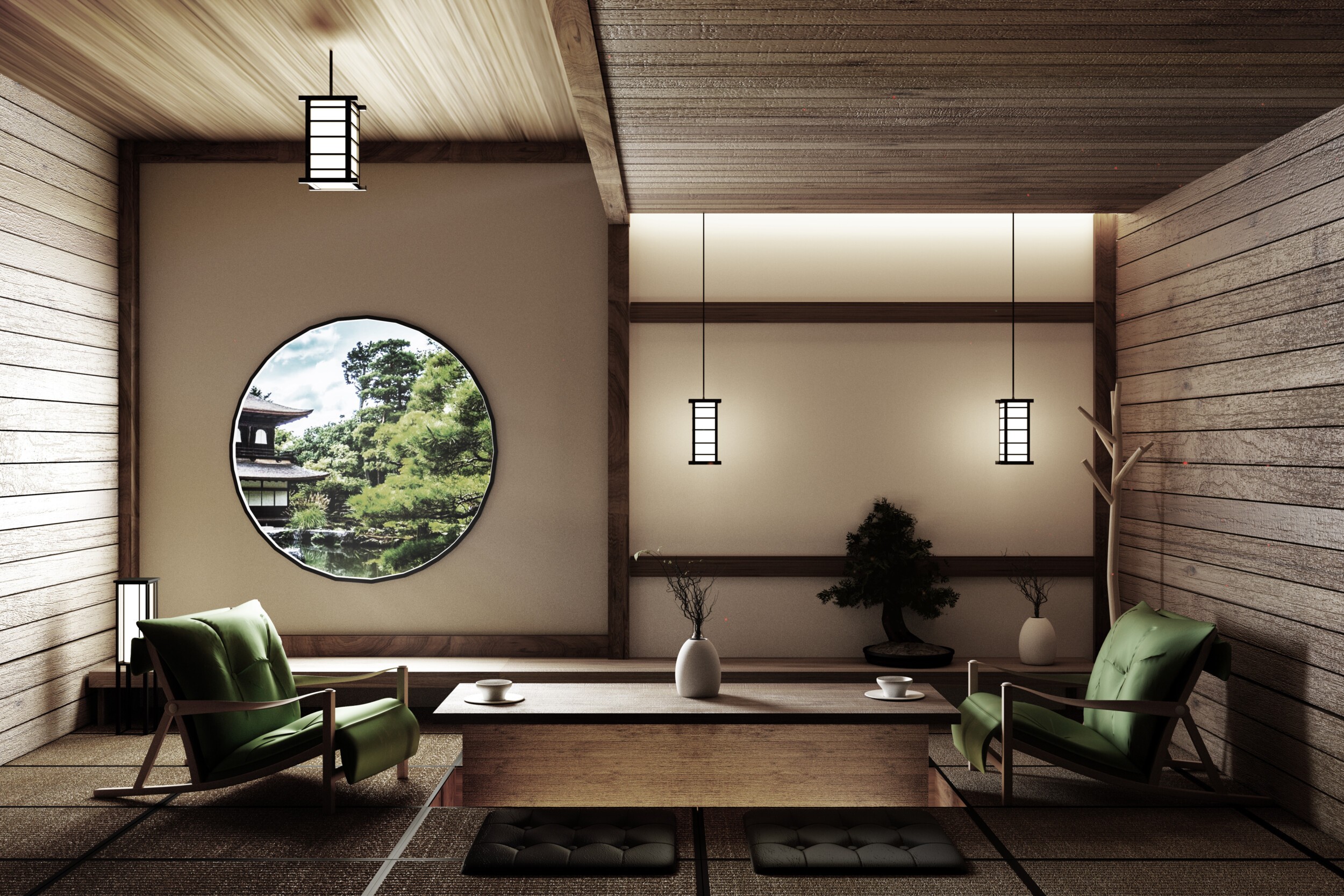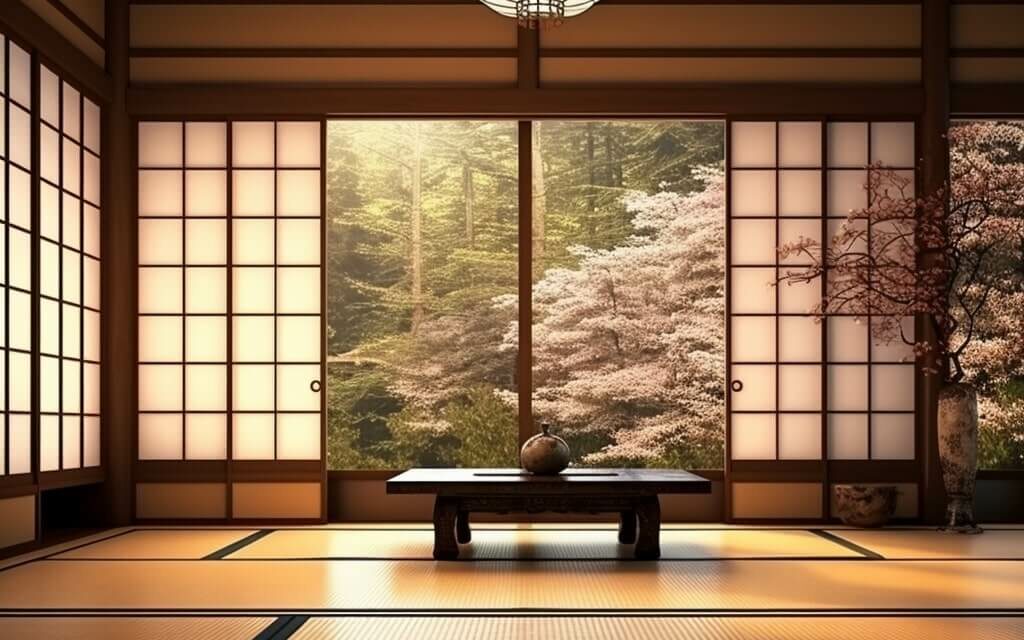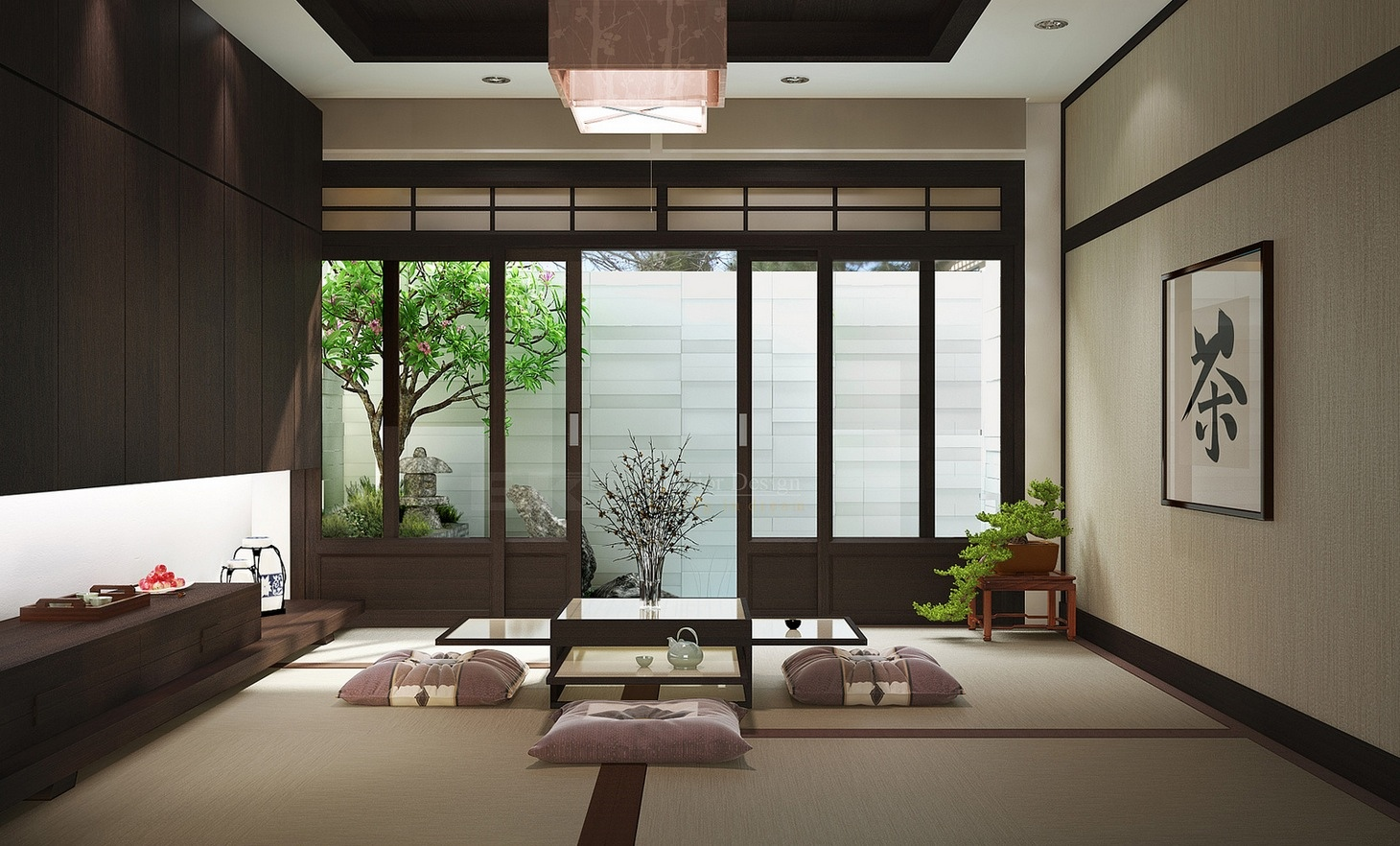What is Zen Japanese Interior Design?
Zen Japanese interior design is more than just an aesthetic; it’s a philosophy that embodies simplicity, tranquility, and harmony with nature. Rooted deeply in the principles of Zen Buddhism, this style aims to create spaces that foster mindfulness and serenity. My personal journey into this elegant design came when I transformed my cluttered living room into an oasis of calm. The results were profound—not just visually but emotionally as well.
The Core Principles of Zen Design
Understanding the core principles of Zen design is essential for anyone looking to incorporate these elements into their home. Here are the main aspects:
- Simplicity: Less is more. Each item in a space should serve a purpose or evoke a feeling.
- Natural Materials: Wood, stone, and bamboo are prevalent choices that connect the indoors with nature.
- Neutral Colors: Soft, muted tones create a calming environment, allowing the mind to relax.
- Minimalism: The art of prioritizing essential items and decluttering is fundamental.
- Connection to Nature: Big windows, plants, and nature-inspired decor invite the outside in.
Key Elements of Zen Japanese Interior Design
1. Natural Light
Natural light is a cornerstone of Zen interiors. Large windows or sliding doors are common, allowing sunlight to fill the room. Personally, I installed shoji screens that filter light beautifully while maintaining privacy.
2. Open Spaces
An open, airy layout promotes a sense of peace. I found that removing unnecessary furniture made my space feel much larger and more inviting.
3. Low Furniture
Low-profile furniture, such as futons and floor cushions, creates a relaxed atmosphere. I love using a tatami mat for seating, which brings me closer to the ground—almost a grounding experience.

4. Organic Shapes
Curved shapes and natural forms are preferred over stark lines. This design element adds a soft touch to the environment, making it feel more inviting.
5. Mindful Decor
Art and decor items should be carefully chosen. Each piece should resonate with tranquility, be it a painting, a sculpture, or even a simple plant.

How to Create a Zen Space in Your Home
Ready to transform your space? Here’s a step-by-step guide that incorporates my experiences along with practical tips.
Step 1: Declutter Your Space
Begin by removing items you no longer need. I found that the simple act of decluttering instantly lifted my mood. Keep only those items that are functional or bring you joy.

Step 2: Choose a Zen Color Palette
Opt for neutral tones like soft beiges, whites, or muted greens. Consider painting your walls with a soothing hue that invites calm. I recently painted my living room a soft sage green, and it transformed the atmosphere.
Step 3: Incorporate Natural Elements
Use natural materials for furniture and decor. Introduce plants for a touch of life. My indoor garden of succulents not only beautifies my space but also purifies the air.

Step 4: Mindful Layout
Arrange your furniture to create flow and balance. Make pathways that encourage movement. I reorganized my room to allow for more open space, making it feel more welcoming.
Step 5: Add Zen Decor
Select decor that promotes peace: consider a small water feature, candles, or simple art pieces. I have a small rock garden that captures the essence of Zen design.

Comparison of Zen vs. Other Design Styles
| Feature | Zen Japanese | Modern Minimalist | Bohemian |
|---|---|---|---|
| Color Palette | Neutral tones | Monochrome | Vibrant colors |
| Furniture Style | Low furniture | Sleek and functional | Eclectic and varied |
| Decor Items | Minimal and meaningful | Streamlined | Rich textures |
| Nature Elements | Strong focus | Moderate | Less emphasis |
Pros and Cons of Zen Japanese Interior Design
Pros
- Promotes relaxation and mindfulness
- Encourages a clutter-free environment
- Creates a harmonious connection with nature
- Timeless aesthetic that’s easy to maintain

Cons
- May feel too sparse for those who prefer a filled space
- Requires dedication to maintaining a minimalist lifestyle
- Can be costly to achieve authentic materials
FAQs about Zen Japanese Interior Design
What materials are commonly used in Zen Japanese design?
Common materials include wood, bamboo, stone, and paper. These elements connect the indoors with the natural world.

How can I incorporate Zen design in a small space?
Use multifunctional furniture, light colors, and mirrors to create an illusion of space. Decluttering is crucial, regardless of size.
Is Zen design suitable for all home styles?
Yes! Zen principles can be adapted to fit various styles. The essence lies in the serene and tranquil atmosphere you create.
Can I mix Zen design with other styles?
Absolutely! Blending styles can enhance the beauty of your space. Just ensure that the core Zen principles remain in focus to maintain harmony.